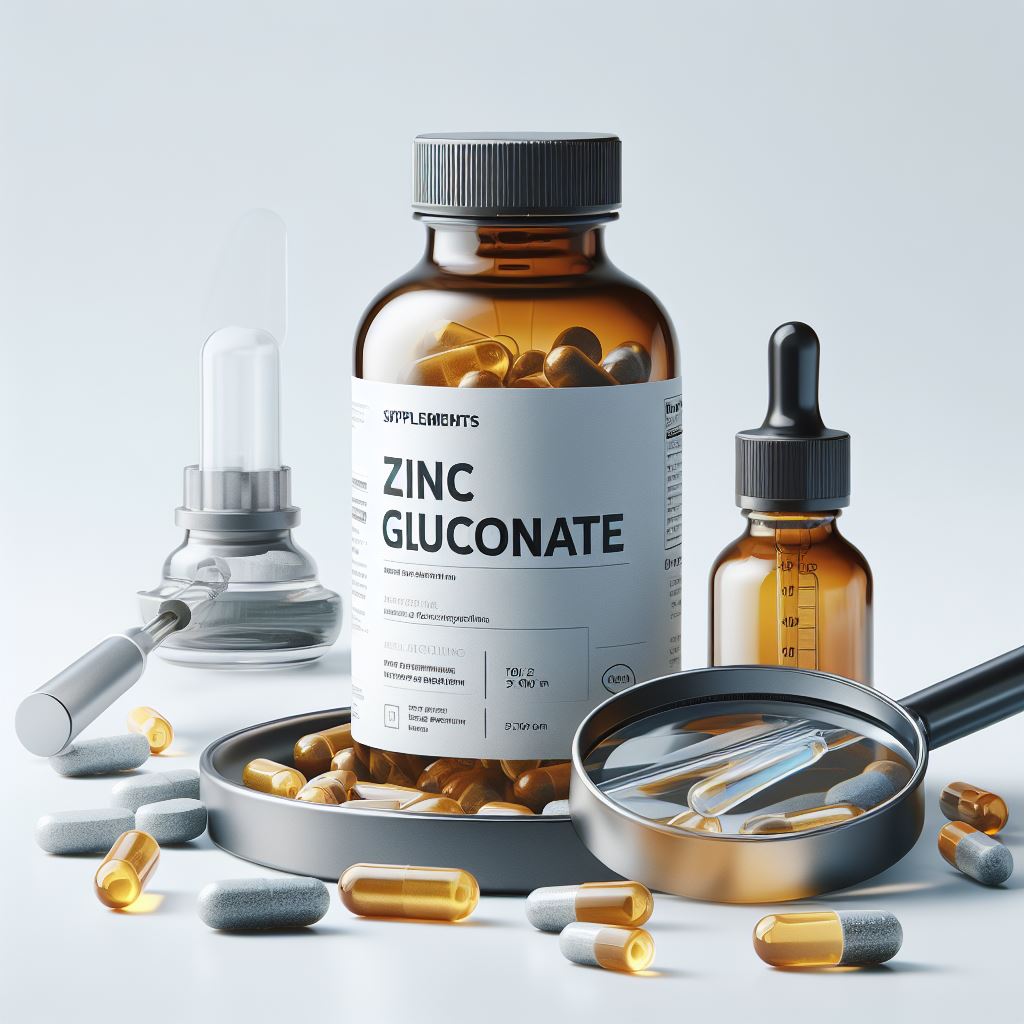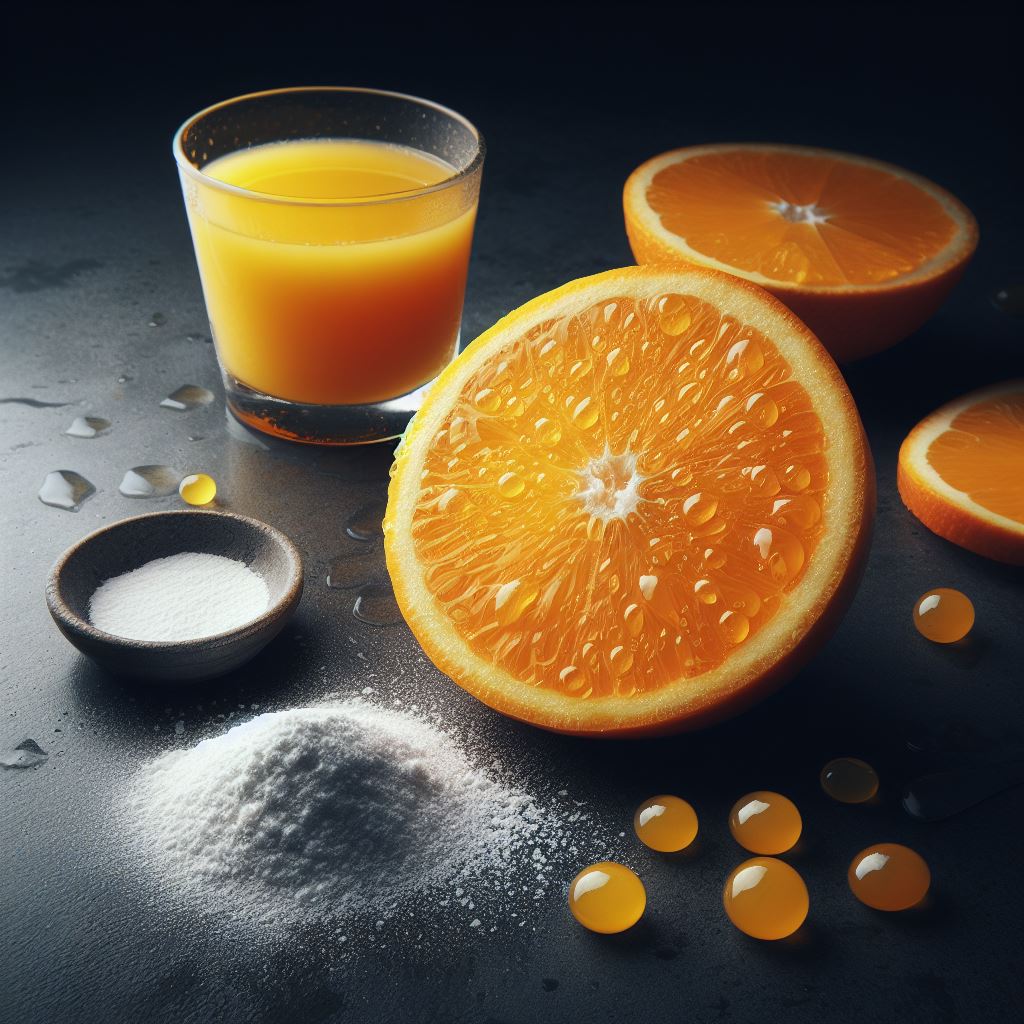There are at least 16 types of collagen in the body, of which type 1, 2, 3, and 4 are the main types. The role of these collagens is:
Type 1: Makes up 90% of the body’s collagen, it is made of very compact fibrous tissue and forms skin tissue, bones, tendons, fibrous cartilage, teeth and connective tissues.
Type 2: It is made of fibrous tissues with less compression and is found in the elastic cartilages that cover the joints.
Type 3: It forms the tissue of muscles, organs and veins.
Type 4: Helps the refining process and is found in the layers of the skin.
Collagen, as a pure protein, in addition to strengthening the skin, hair, nails, muscles, bones, cartilages and joints, by building muscles and increasing the body’s metabolism, causes weight control and fitness along with exercise.
With age, the amount of collagen production in the body decreases as well as its quality. The obvious signs of these changes appear in the loosening of the skin, increased wrinkles, and a decrease in its strength and elasticity. Cartilage also weakens with age. Increasing collagen levels can increase the firmness, evenness and vitality of the skin, and help skin cells to repair and renew normally. Reduction of cellulite and skin smoothness are other benefits of taking oral collagen.

Reduced joint pain and degeneration: When collagen decreases, tendons and ligaments begin to move less easily, leading to stiff, swollen joints and more. Collagen has a smooth, gel-like structure that covers and holds bones together, allowing for smooth, pain-free movement. Eating plenty of collagen is like the grease on a rusty door hinge, helping joints move more easily, reducing joint pain in old age, and reducing the risk of joint destruction.
Studies have shown that collagen is an effective treatment for arthritis and other joint disorders and problems. Researchers at Boston Medical Center investigated the benefits of collagen and found that supplementing with type 2 collagen helped patients suffering from rheumatoid arthritis by reducing swelling in soft joints. (2,1)
Another study published in the International Journal of Medical Sciences found that people with joint pain who were treated with type 2 collagen experienced significant improvement in daily activities such as going up stairs, climbing, or sleeping, and overall improvement. They show in their quality of life. (3)
Boosting Metabolism and Muscle Mass: Increasing collagen can help boost metabolism and muscle mass, and help generate energy by converting to essential nutrients. One of the most important roles of glycine is to help build muscle tissue by converting glucose into energy that feeds muscle cells.
Strengthening nails, hair and teeth: A lack of collagen can be blamed for peeling nails. Collagen protein is a component of nails, hair and teeth. Adding collagen to your diet can help you have strong nails and possibly reverse hair loss.
Protects cardiovascular health: The amino acid proline helps the artery wall to reduce the accumulation of fat in the arteries and minimize fat accumulation. Proline is needed for tissue repair in joints and arteries, plus it helps control blood pressure.
What is collagen peptide? Collagen is a large protein containing amino acids and nutrients. With a process called hydrolysis, they break it down into shorter chain peptides that are much easier to digest and break down. Collagen peptides have high bioavailability and can be absorbed faster than collagen protein.



